The Answer is Yes, But Full Disclosure Here
We have lithium-ion batteries on Karvi and have had since 2016. So, the answer to the Lithium Question for Karvi is yes, and I’m very happy with the choice. But that doesn’t mean the answer for you is yes.
In this post, I’ll present the information I used to make the decision for Karvi. I’ll try to present it to you as unbiased as possible, just know that I favor lithium for most boats and I think you should too.
For some cruisers the mention of lithium ion batteries evokes a visceral response and statements like, “Oh, hell NO! Those things are dangerous!” or “Big Bucks! There’s no way I can afford that.” or “Way too complicated!”. And yet those same cruisers are carrying around smart phones, tablets, laptop computers and handheld VHF radios that are powered by lithium-ion batteries.
Lithium batteries have gotten a (sometimes deserved) bad rap in the popular press. But like most things reported in the press, the bad news get overhyped while the good news is ignored. If your boat batteries are lead acid technology you will change your batteries sometime between now and 6 years from now even if you bought and installed them yesterday. When you get to that point, come back to this post. I’ll explain to you why you should consider lithium ion technology developed in the 1990s instead of lead acid technology developed in the 1850s.
First, Calm The Reptile Brain
If your first reaction to the subject of lithium batteries on a boat was the same as those in paragraph three above, your reptile brain has kicked in. Your reptile brain is the fight or flight brain. It’s the brain that is pre-conditioned. Decisions were made and opinions formed and stored long ago only to be triggered by the reptile brain in deciding whether to fight or run. In the words of HAL from the movie 2001, A Space Odyssey, “take a stress pill and think things over“.
Fire and Thermal Runaway
Any discussion about lithium-ion batteries today has to start with safety and fire. We’ve all seen the sensational news of laptops melting down and smart phones catching fire. Samsung recalled millions of Galaxy Note 7 smart phones because a few caught fire. One even burned a hole through the floor of a commercial airliner. What caused those fires is a condition called thermal runaway. Thermal runaway happens when battery chargers continue to charge batteries that are already fully charged. When battery chargers continue to charge fully charged batteries, the batteries will warm up. And as a battery heats, internal resistance in the battery drops causing the charging current to increase, and higher current means more heat until the battery melts and catches fire. You might note I didn’t qualify that last statement by saying, “When lithium batteries…”. All batteries are susceptible to thermal runaway, including lead acid batteries. Don’t believe me? Take a look at these pictures. They’re all lead acid batteries that melted or caught fire.
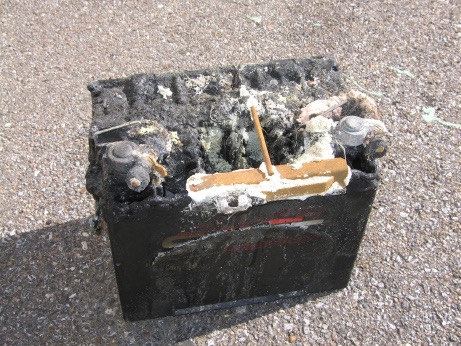
Burned Flooded Cell Battery
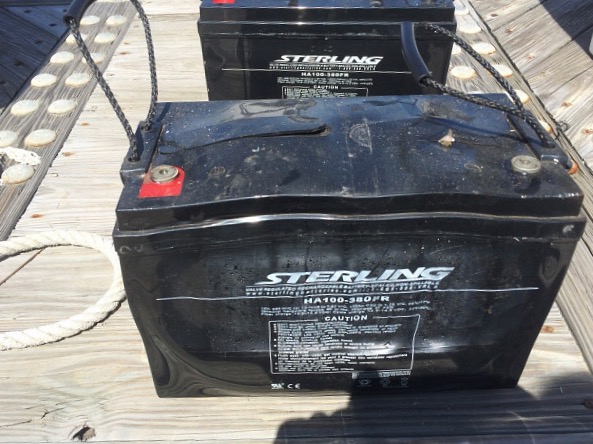
Swollen Gel Cell Battery
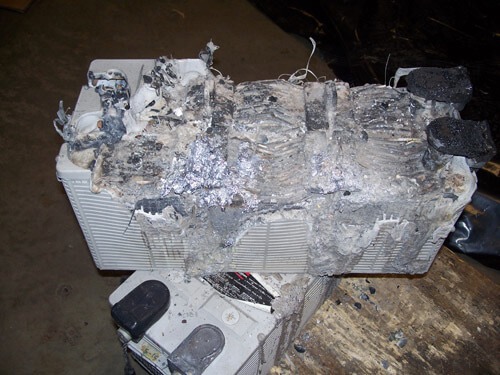
Burned AGM Battery
Chemistry Matters
Hey, wait a minute you say! The news stories are about lithiums catching fire not lead acids! Well lead acids do catch fire, they just don’t make the news because people don’t carry lead acid batteries around in their pockets or backpacks. There is basically one lead-acid chemistry, lead and sulfuric acid. It doesn’t matter whether it’s flooded cell, gel cell, absorbed glass mat (AGM), carbon foam, or whatever else is out there, it’s still lead and sulfuric acid. Lithium batteries on the other hand have a lot of different chemistries. Lithium-ion batteries can be Lithium Cobalt Oxide, Lithium Manganese Oxide, Lithium Nickel Manganese, Lithium Nickel Cobalt Aluminum Oxide and Lithium Iron Phosphate. Yes, they all start with lithium, but there the similarity ends. Each has different characteristics like energy density, charge/discharge curves, life cycles, voltages and thermal runaway characteristics. Thermal runaway is our concern. Of the lithium chemistries I mentioned there are two I will discuss, Lithium Cobalt Oxide and Lithium Iron Phosphate.
Fires need oxygen. In a thermal runaway the heat frees the oxygen atoms from the battery chemistry and the oxygen atoms in turn feed the fire. Lithium Cobalt Oxide batteries are used in cell phones and laptops because of their superior energy density, meaning maximum power, minimum weight. Lithium Cobalt Oxide (LiCoO2) is the chemistry making most of the fire headlines. It has lower thermal runaway characteristics and catches fire more easily because of the oxide part. In LiCoO2, oxygen is bound to the cobalt through two covalent bonds. Think of these bonds as glue points. Lithium Cobalt Oxide has one double bond and one single bond to glue the two oxygen atoms to the cobalt atom. If the bonds to the oxygen are broken, the oxygen is free to go out and cause mayhem.
In 1996 a new formula for lithium ion batteries was developed at the University of Texas using lithium, iron and phosphate. Known as LiFePO4 or LFP, these batteries have a slightly lower energy density than their cobalt and manganese cousins but are intrinsically non-combustible, and thus vastly safer. LiFePO4 has four oxygen atoms and one phosphorous atom making it a phosphate as opposed to phosphorous oxide. There are five bonds glueing the oxygen to the phosphorous. It takes a lot more heat to release the oxygen atoms in Lithium Iron Phosphate than with Lithium Cobalt Oxide. Because of it’s chemistry, Lithium Iron Phosphate has a much better thermal runaway characteristics and is therefore much safer.
It goes without saying but I’ll say it anyway. Lithium batteries make sense for a boat from the safety perspective if they’re the right kind. The lithium batteries we have on Karvi are Lithium Iron Phosphate – LiFePO4.
Cost
Is is said, “You’ll savor the sweet taste of high quality long after the bitter taste of high cost has worn off”. If you invest in lithium batteries you’ll definitely savor the sweet taste of high quality, but is is the cost really bitter? If you look solely at the purchase cost, maybe. But if you’re looking at it that way, you’re looking at it all wrong. And if you’re comparing stated amp hour capacity, you’re also looking at it all wrong. To honestly evaluate the cost you must look at total cost of ownership over time and you must look at usable amp hours not just stated amp hours.
Usable Amp Hours
Lead acid batteries are marketed to the marine and recreation industry with a clever label called “Deep Cycle”. Deep Cycle means the batteries can handle a 50% discharge without damage to the battery. If you discharge more than 50%, the battery life shortens. Since you can only discharge 50%, you can only use half the “stated capacity” of the battery. The half you can use is called “Usable Capacity”. 100 amp hour battery? 50 amps usable. 600 amp hour battery bank? 300 usable. You get the picture.
Lithiums are different. Lithium ion batteries can use 80% of the stated capacity. So if you have 600 amp hour lithium bank on your boat, you have 480 amp hours of usable capacity instead of 300 amp hours with lead acid. If you only need 300 amp hours of power on your boat, you don’t need to buy 600 amp hours of lithium to get it. You only need to buy 400 amp hours. 400 amp hours of lithium will give you 320 usable amp hours. So even the up front purchase cost differential isn’t as big as you thought it was.
Total Cost of Ownership
With nearly everything you buy, purchase cost is only part of the cost of ownership. There are several other costs like maintenance and replacement costs. I’ll set maintenance costs aside because it is possible to buy “maintenance free” lead acid batteries. But replacement cost is horse of a different color.
Batteries eventually wear out. How fast they wear out depends on how hard they are used (current in and out) and cycles (charge/discharge). There is a huge difference between lithium and lead acid when it comes to cycle life and cycle life drives replacement, and replacement = more cost. For most lead acid technologies you can expect to get 200 to 500 cycles. Lithium Iron Phosphate batteries have a stated cycle life of 2000 to 5000 cycles. I know I know, there are some new lead acid suppliers claiming 2000 cycles. But 2000 cycles is the upper end. Lithium’s upper end is still 2.5 times that. On Karvi we calculated if we cycled the lithium batteries down to 80% every other day for 5000 cycles, those batteries will last 27.3 years. In reality, because of solar and wind charging, we have never cycled more than 60% in the 4 years we’ve owned the batteries. I am confident these are the last batteries we will ever buy for Karvi.
So let’s look at some numbers. First, let’s assume you need 300 usable amp hours. As of this writing, Lifeline Group 27 batteries rated at 100Ah sell for $359 each on Amazon. You’ll need 6 to get 300 usable Ah because you can only use 50% of the capacity. So your battery cost is $2148. You can buy GBS LiFePO4 100Ah lithium batteries on Alibaba for $340 each. But let’s say you’re uncomfortable with Alibaba. You can buy them locally in the U.S. for around $800 each. You’ll only need 4 of them because you can use 80% of the capacity. And at 80%, you get 320 usable amp hours instead of 300, a bonus of 20 usable amp hours. So your 4 lithium batteries will cost $3200. With lithium you need a battery management system (BMS). I discuss BMS at the bottom of this post. The BMS will run you about another $600 to $800 dollars. Let’s call it $800. So far here are the up front purchase costs.

On purchase cost alone, the advantage goes to lead acid, but to know what it costs to own and use either technology over it’s usable life, we have to look at cost per cycle. Lead acid typically has a cycle life of 200-500 cycles. Lithium has a cycle life of 2000-5000 cycles.
So let’s stack the deck against lithium. Say for this exercise you get the maximum 500 cycles from your lead acid AGM batteries and you only get minimum 2000 cycles from your lithium batteries. Here’s how the cost per cycle breaks down:

Even in this unfair comparison, lithium has a 2 to 1 ownership cost advantage over lead acid.
Remember, lead acid has a normal cycle life of 200. to 500 cycles and lithium has 2000 to 5000. Normalizing, lithium has a 10 to 1 advantage in cycle counts over lead acid. In this comparison, If you normalize the cycle counts between the two, the cost advantage goes from 2 to 1 to over 5 to 1 for lithium.
Simply put:
- lithiums have a 10 to 1 advantage in cycle count
- one installation of lithiums will cost $4000
- an equivalent cycle count in lead acid will require 10 installations costing $21,540!
Let that sink in…
And this does not account for the back-breaking work of slinging lead acid batteries that weigh 63 pounds each or more.
Battery Management Systems (BMS)
One of the things I hear complaints about when it comes to lithium systems is the need (and cost) for a BMS. The BMS provides three functions:
- Cell Balancing
- Overcharge and Undercharge Protection
- Monitoring
I often hear my lead acid friends say, “Yeah well I don’t need all that crap and I’m glad I don’t have it. It’s just another thing to break.” Well guess what, lead acids should have a BMS. The only reason lead acids don’t have a BMS is because lead acid technology is old. Lead acid was invented in 1859. BMS capability wasn’t invented for another 130 years. Because it didn’t exist until recently, it hasn’t entered the thought process of the lead acid industry. It should.
A BMS is an insurance policy. It protects the batteries from the abuse of over and under charging, and extends the life of the batteries. Lead acid batteries are regularly recycled or worse end up in landfills because of overcharging, sulfation, and thermal runaway, all of which could be avoided with a properly engineered and functioning BMS.
Cell Balancing
The BMS balances the state of charge of each individual cell. All batteries are composed of cells. Cells can get out of balance. The BMS balances the cells by detecting when individual cells are full. When a cell is full, the BMS will divert current around the fully charged cells until all cells are at the same level of charge.
Lead acid batteries need cell balancing too. Ever heard of Equalization? Equalization is a process battery suppliers recommend every six months. Equalization balances the cells in lead acid batteries. Equalization is a manual process that most cruisers are either unaware of or never do. And yes even AGM batteries need to be equalized, the LifeLine battery web site presents a procedure for equalizing Lifeline AGMs. I frequently mention Lifeline because Lifeline is heavily marketed and many cruisers consider Lifeline to be the gold standard for AGM batteries.
Overcharge and Undercharge Protection
No matter which technology you use, if you overcharge your batteries they will be damaged and if you overdraw your batteries they will be damaged. A BMS protects batteries from either event.
The BMS controls two big relay switches called DC contactors that connect the battery bank to all the chargers and all loads. If the BMS detects an over or under charge event, it will trip the appropriate relay disconnecting the battery bank from the threat. Disconnecting protects the battery bank from damage. Lead acid banks could benefit from exactly the same BMS function. A case can be made that if lead acid banks had BMS protection, battery life could be extended.
Charge State, Voltage and Temperature Monitoring
The last thing the BMS provides is an instrument panel for your batteries. No boat should be without a battery monitor. There are plenty of battery monitors on the market for lead acid battery banks. A BMS includes battery monitoring but also monitors the health of each individual cell. The BMS monitor we have on Karvi shows the voltage and temperature of 36 cells, every cell in the entire bank. For redundancy, we have two battery monitors on Karvi, the BMS and also a Victron BMV-702.
Beyond Cost and Safety
Hopefully at this point your reptile brain has gone back to sleep and you’re calm enough to look at some of the lesser known but no less significant advantages of putting lithium batteries on your boat. I’ll try to cover each a little more briefly since I’m no longer having to overcome your reptile brain.
Charging Curves
Lithium batteries can accept a high charge current until they’re full. Lead acid requires charging in “phases” because too much charging current will damage them. The first phase called “Bulk” is the high current fast charge phase. The voltage is set to the maximum level the battery can handle without damage. Until the battery voltage reaches that max level, the charger is free to provide maximum current. But the problem is that when the battery reaches that maximum level, the battery is only about 80% full. Charging must now proceed to the absorption phase.
The second phase called “Absorption” requires the charger to hold a constant voltage but gradually decrease the current until the battery is fully charged. Absorption is not fast charging. In fact, that final 20% of the charging can take as much as 80% of the total charging time. This isn’t an issue if you’re at the dock plugged into shore power, but it’s a real issue if you have to leave your generator running for hours to get a full charge. If you rely on solar and the sun sets before that final 20% is complete, it’s possible to have batteries that are never fully charged. Failure to regularly fully charge lead acid batteries prematurely ages them.
The third and final phase is called the “Float” phase. This phase just keeps the battery “topped off” because lead acid batteries have a high level of self discharge. If they’re left on their own, lead acids will discharge all by themselves with no charging and no loads, so battery chargers have been designed to keep the charge topped off. This is also known as “trickle charging”.
Lithium batteries don’t have phased charging and don’t need trickle charging. Lithium batteries can handle an amount of charge current equal to 3 times the stated amp hours. We have 900 amp hours of lithium batteries on Karvi. We could charge our batteries with a 2700 amp charger if one existed. Lithiums also don’t have to be regularly charged to 100%. In fact, they prefer to live happily for long periods of time at partial charge.
Lithium Iron Phosphate
These are the charge and discharge curves for the lithium batteries we have on Karvi. Notice how flat they are for most of the curve. There are multiple curves to show different levels of current for charging or discharging. The term “C” means Capacity, in this case 100 amps. So 0.5C means 50 amps, 1C means 100 amps, etc.
Lead Acid
Now take a look at these curves for lead acid batteries. The charge curve on the left takes a little study because lead acid can’t accept a constant charge. Notice it takes 2 time periods for 80% charge but then takes additional 8 time periods to get from 80% to 100%. That’s time your solar or wind or generator are producing good energy that can’t go into your batteries. Also look at the discharge curve on the right. It’s not flat like the lithium discharge curve. It falls off at an increasing rate. That means less and less voltage. As it falls off you may find some our your electrical devices don’t work as well or at all.
Putting it Together
At this point you’ve learned lithiums don’t need special phased charging, and they can use 80% of stated capacity versus 50% for lead acid, and you know the lithium discharge curve is flatter. This is what those curves look like together. Which would you rather have powering your boat?
Other Lead Acid Inefficiencies
Internal Resistance
All batteries have “internal resistance”. The internal resistance pushes back against the charge current coming in. Lead acid batteries can waste as much as 15% of the charge current due to internal resistance. This means only 85% of the energy coming from that solar array or wind generator is actually turning into stored electricity. Ditto for a gasoline or diesel generator. That $4 per gallon fuel you bought? 60 cents or more of it is going away in smoke and heat. Lithium battery internal resistance is 1% to 2%. With lithium batteries, the energy generated is actually stored in the batteries.
Self Discharge
Because of the internal resistance mentioned above, lead acid batteries have a high rate of “self discharge” meaning they lose charge over time all by themselves with no load on them whatsoever. Lithium batteries have almost no self discharge. We have a cruising friend who bought lithium batteries at the same time we did in 2016. He put them in his storage unit in San Diego and as of 2019 had not yet installed them. We were both a little concerned about them sitting around for 3 years so he took a multimeter to his storage unit, checked voltage and found they had lost virtually no voltage in 3 years! Now that’s efficient.
Now check out this graph. Some manufacturers are actually producing 4 stage chargers to maintain lead acid batteries. Because lead acid batteries have a high self discharge rate a fourth stage called “Battery Refresh” has been added. Stage 4 activates each week to bring the state of charge back up to 100%. Self discharge is energy that’s paid for and completely lost, not to mention the added cost of the complexity of a 4 stage charger. Lithium charges in 1 stage, period. Lithium batteries hold that charge for a very long time. It’s simple, 1 stage – done!
Partial State of Charge
Failure to fully charge lead acid batteries regularly will damage the batteries because of a process called sulfation. Remember lead acid is lead plates and sulfuric acid. As the acid contacts the plates, lead sulfate forms on the plates. The lead sulfate reduces the surface area of the lead plates available for electricity transfer. Regularly charging lead acid batteries to 100% will “burn off” most of the lead sulfate thus enabling higher electron transfer. But if lead acid batteries go for a long period of time without a full charge, more and more lead sulfate will form until sufficient electron transfer stops and the battery must be replaced.
Lithiums batteries handle partial charges just fine. There’s no sulfation or anything similar to it. If you can’t top off to 100%, no worries. In fact, lithium batteries prefer not to sit at a 100% state of charge all the time. As a cruiser this gives you lots of flexibility to tap into energy sources as available without concern for charge state. Cloudy days with low solar production? No problem. With lithium batteries you can charge when and how you want, there’s no danger of damage to undercharged battery banks.
Voltage Sag and Peukert’s Losses
The discharge curve of lithium batteries is essentially flat (see the diagram above) – meaning that a 20% charged battery will be providing nearly the same output voltage as an 80% charged battery. This prevents issues caused by the “voltage sag” common to the discharge of lead acid batteries. It does mean though that it’s difficult to manage battery state by voltage levels. Fortunately most modern battery monitors work by monitoring current in and out instead of voltage.
German scientist Wilhelm Peukert discovered in 1897 the capacity of lead acid batteries varies depending on amperage demand. A Peukert loss is the capacity lost due to high current draw. Lead acid can see as much as a 40% loss of capacity at high loads. So a 100 amp hour lead acid battery isn’t really a 100 amp hour battery if it has a high current draw.
Lithium batteries have very low Peukert losses. This means that lithiums generally deliver their full rated capacity, even at high current draws. In practice, lithium battery banks are very well suited to powering high current loads like an air conditioners, watermakers, windlasses and bow thrusters found on cruising boats.
Size, Weight and Placement
On average Lithium-Ion batteries occupy 1/3 less space and weigh 40%- 60% less than lead acid batteries. On Karvi our 100Ah GBS battery packs are each 512 cubic inches and weigh 28 lbs. They replaced 100Ah Lifeline Group 27 AGM batteries that were each 732 cubic inches and weighed 63 lbs. That advantage will save your back and allow you to build more energy storage in the same space or give you free boat space you didn’t know you had.
Lithium batteries also don’t need to be stored upright, or in a vented battery compartment. This is especially useful if you have an existing battery compartment that is size constrained and you want more capacity than lead acid is currently able to provide. On Karvi, we fit 900Ah of lithiums into the same space previously occupied by 600Ah of lead acid AGMs. Usable amp hours went from 300 to 720. We more than doubled our usable amp hours in the same space with less weight.
Disruption
Change is often viewed with skepticism and we’ve seen some monumental changes in our time. Micro-electronics, digital photography, cell phones, email and Amazon are just a few. These changes are examples of disruption. Disruption is when something that is working just fine, is replaced by something completely different and better. Lithium Ion batteries are a disruption to rechargeable batteries and off-grid living. Lead acid batteries have been around for over 160 years. Lead acid is being disrupted. It’s time to replace big, heavy, toxic and dangerous battery technology with a battery technology that was invented in the Ronald Regan era instead of the Abe Lincoln era.
I’d like to hear what you think. Leave a comment below.
All comments are moderated manually so be patient, we may be at sea.
Also, check out the companion post New Batteries for Karvi. It’s about the installation of lithium batteries on Karvi.

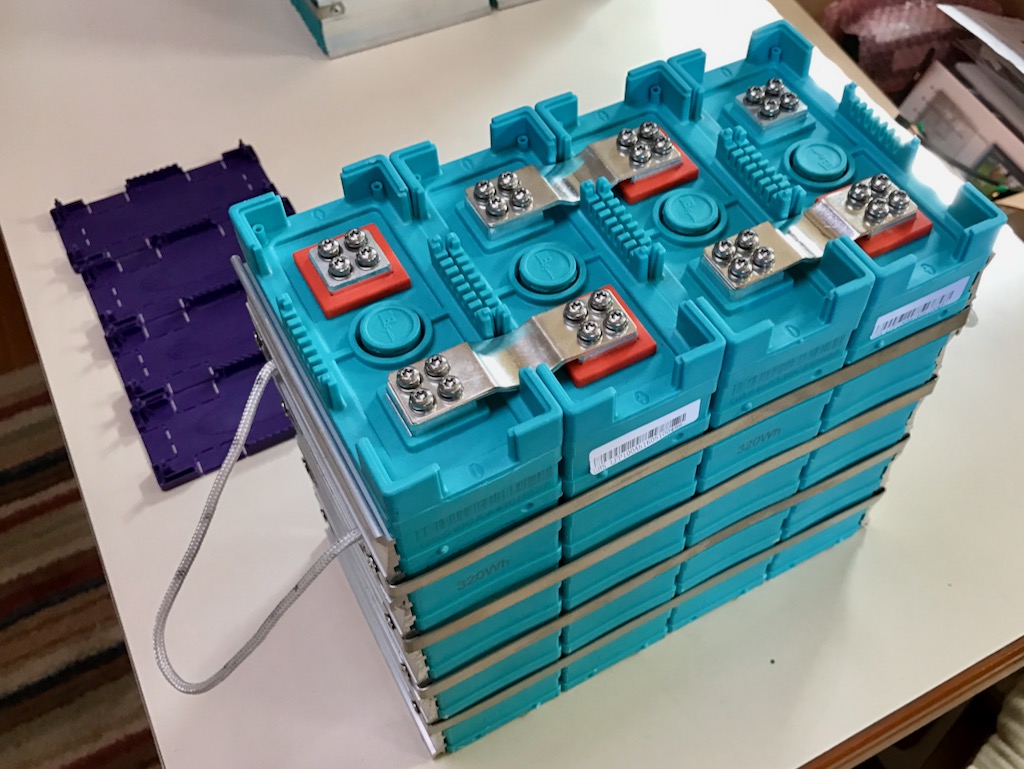
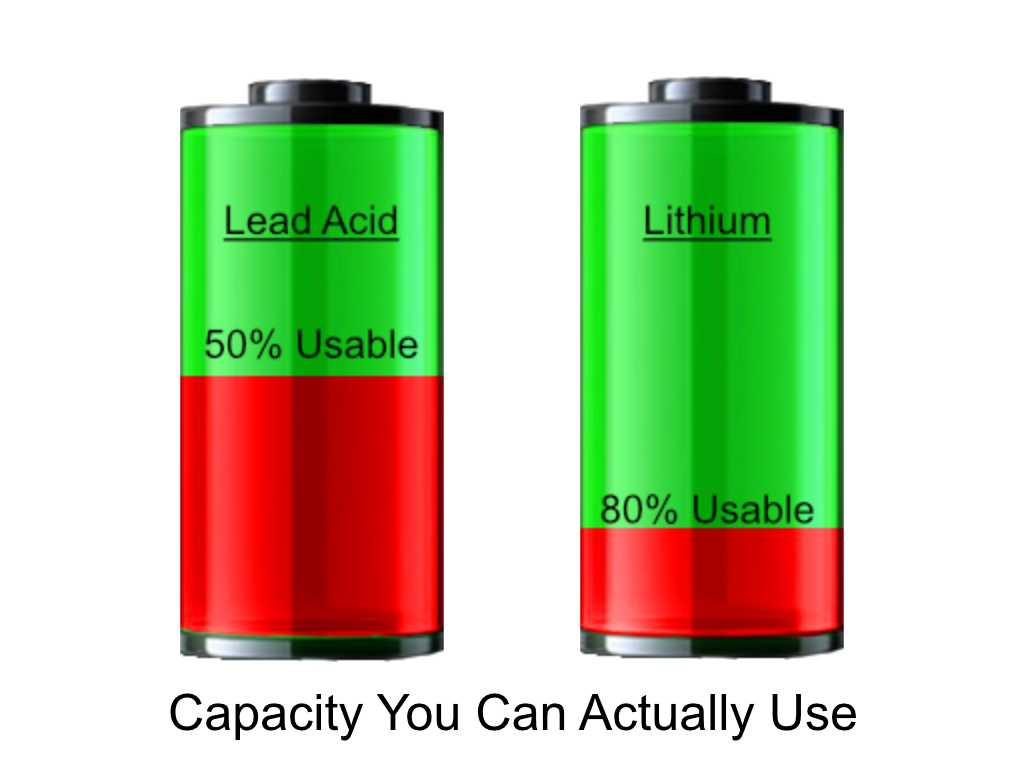
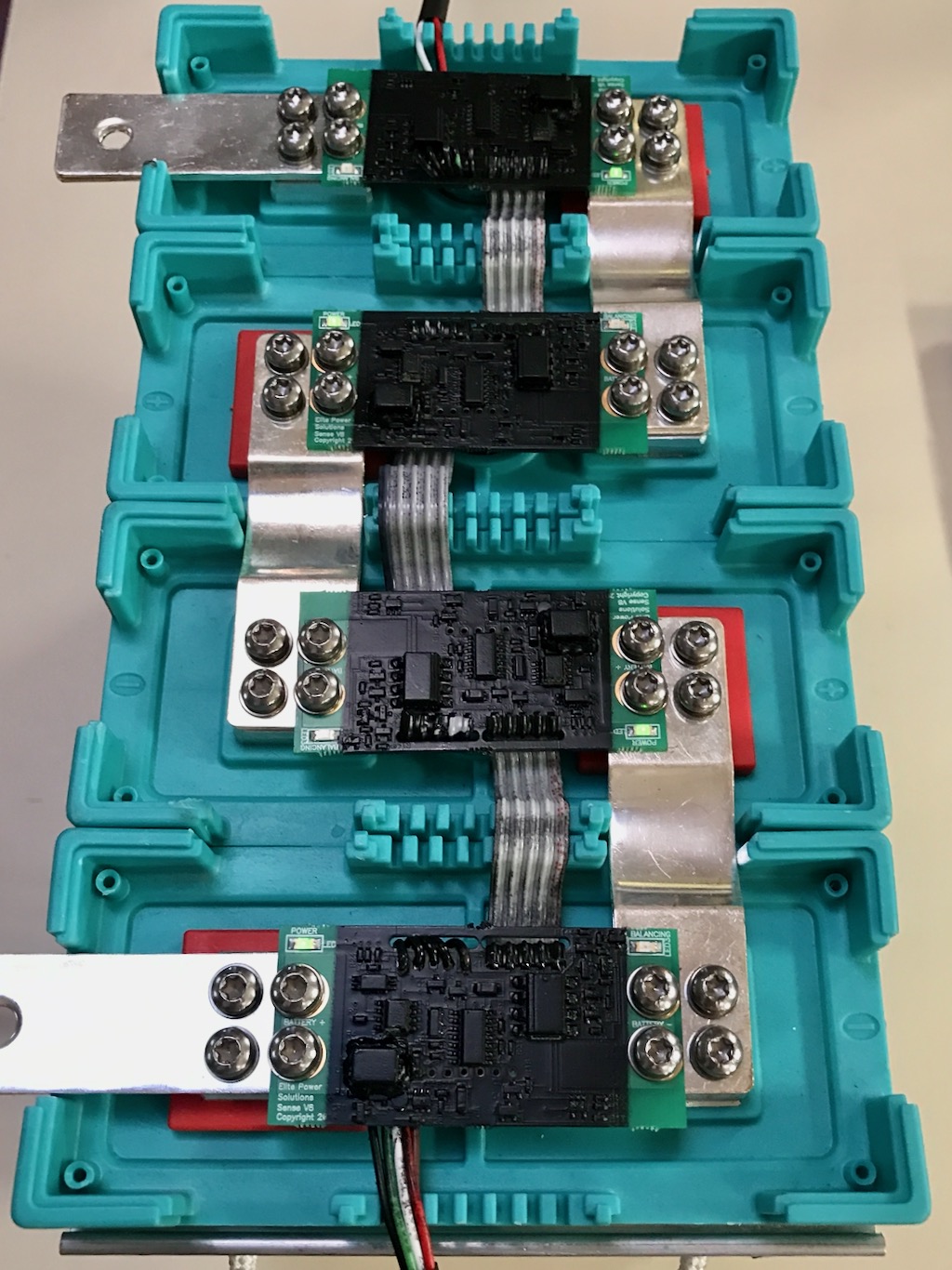
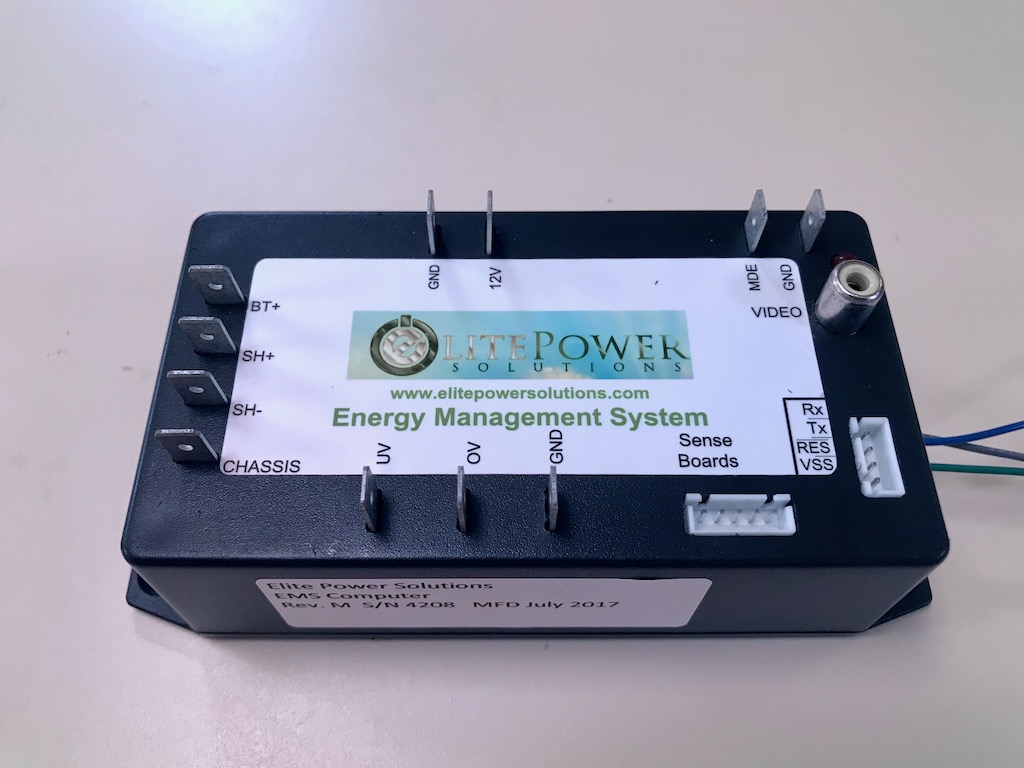
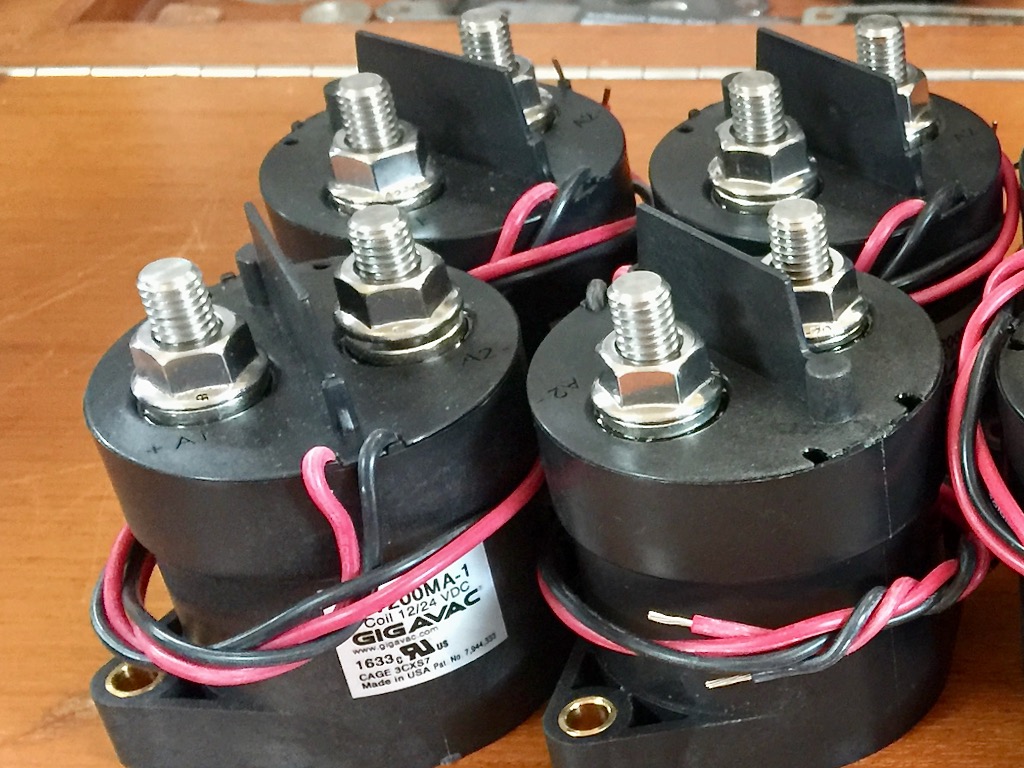
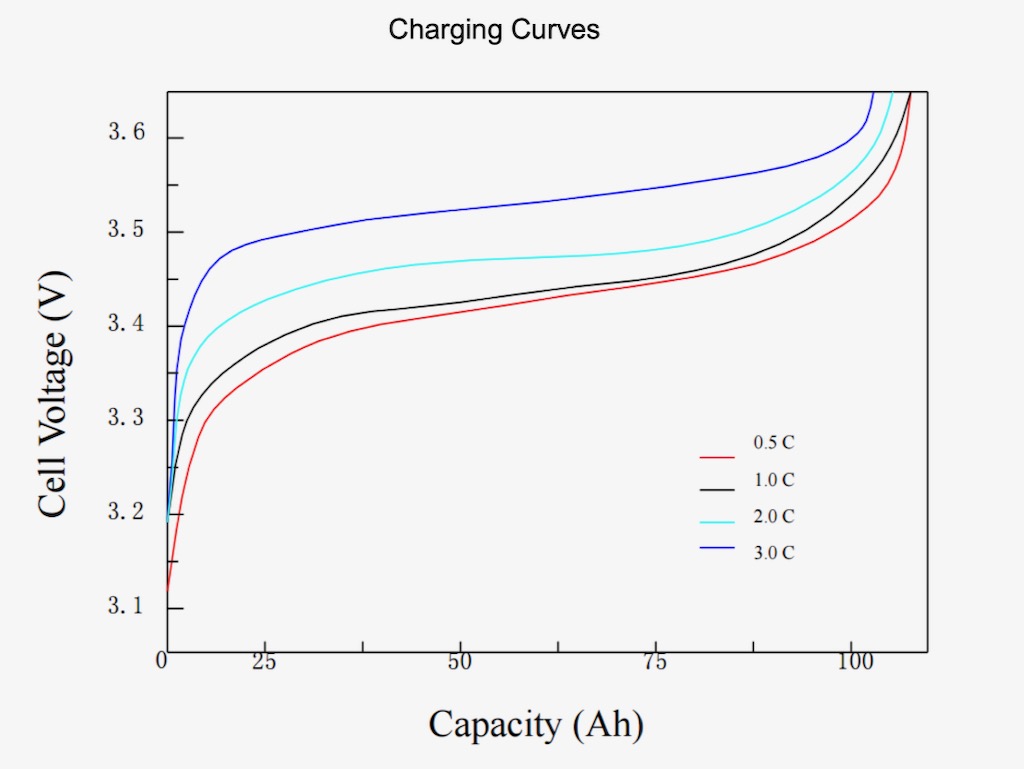
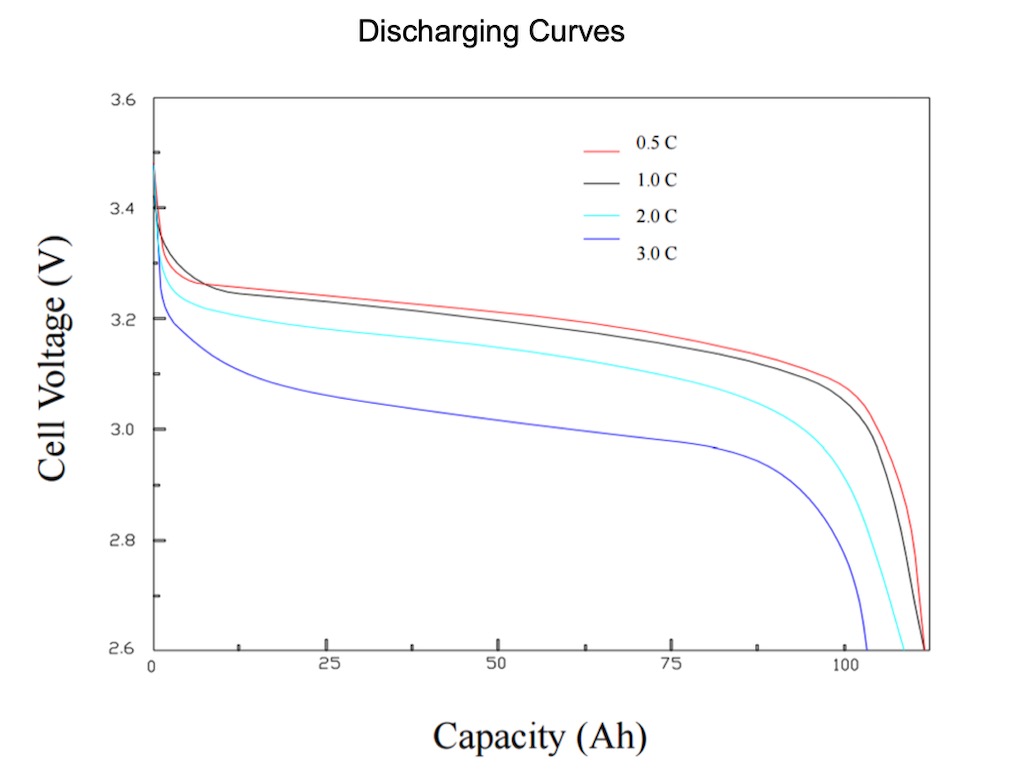
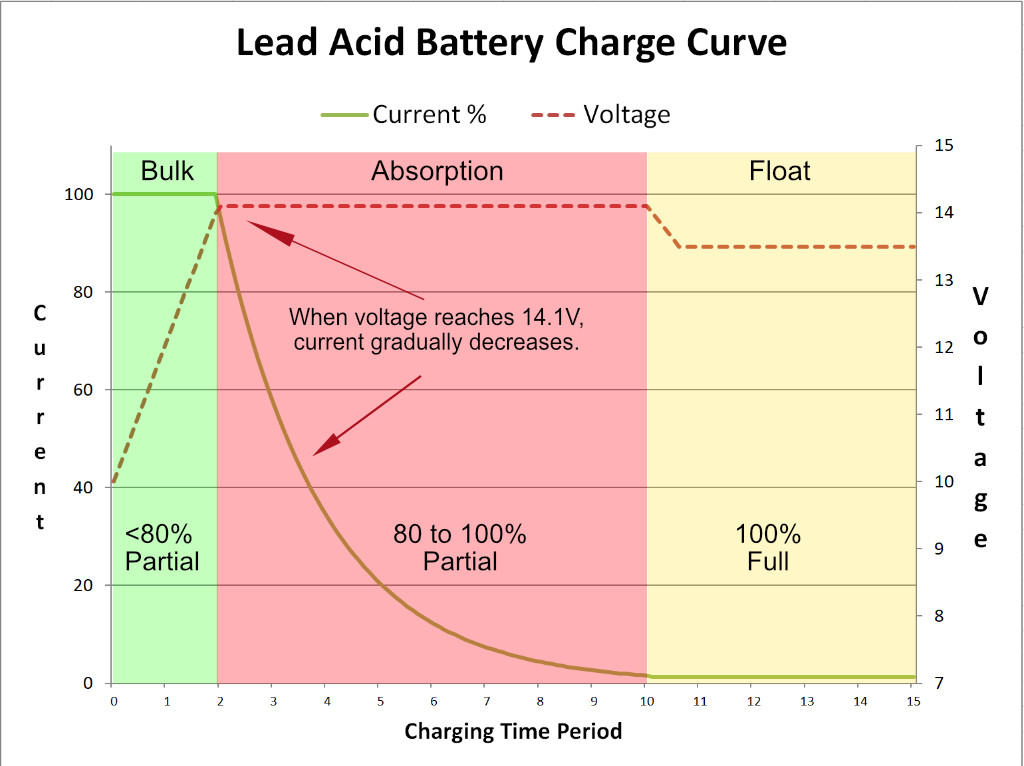
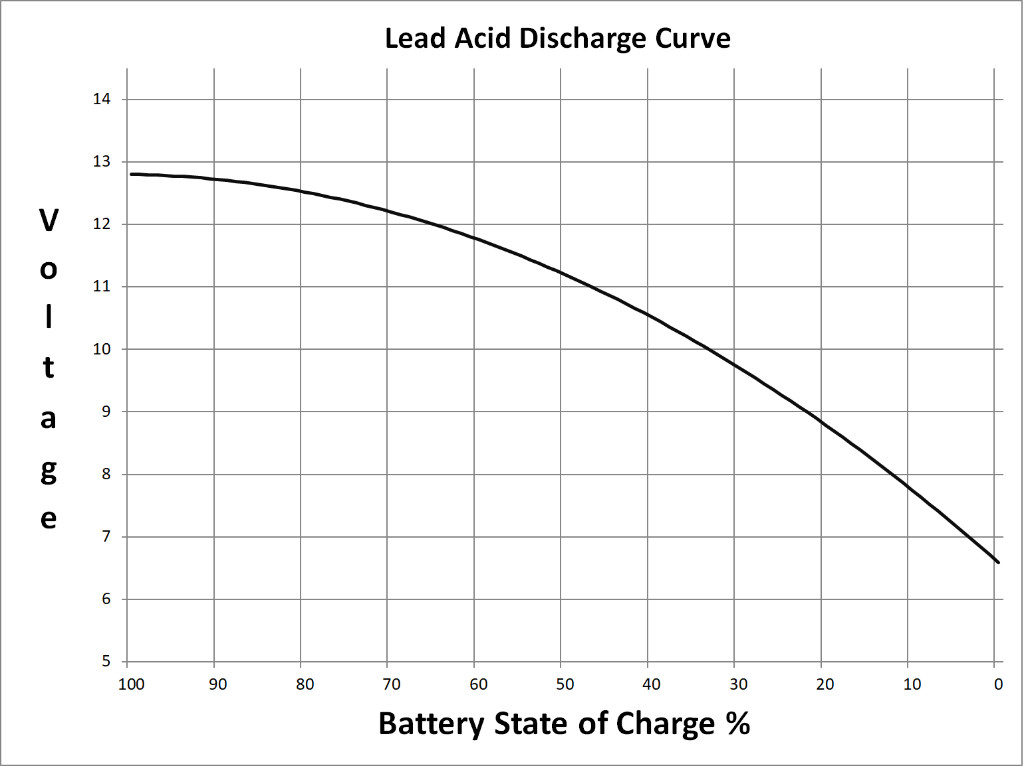
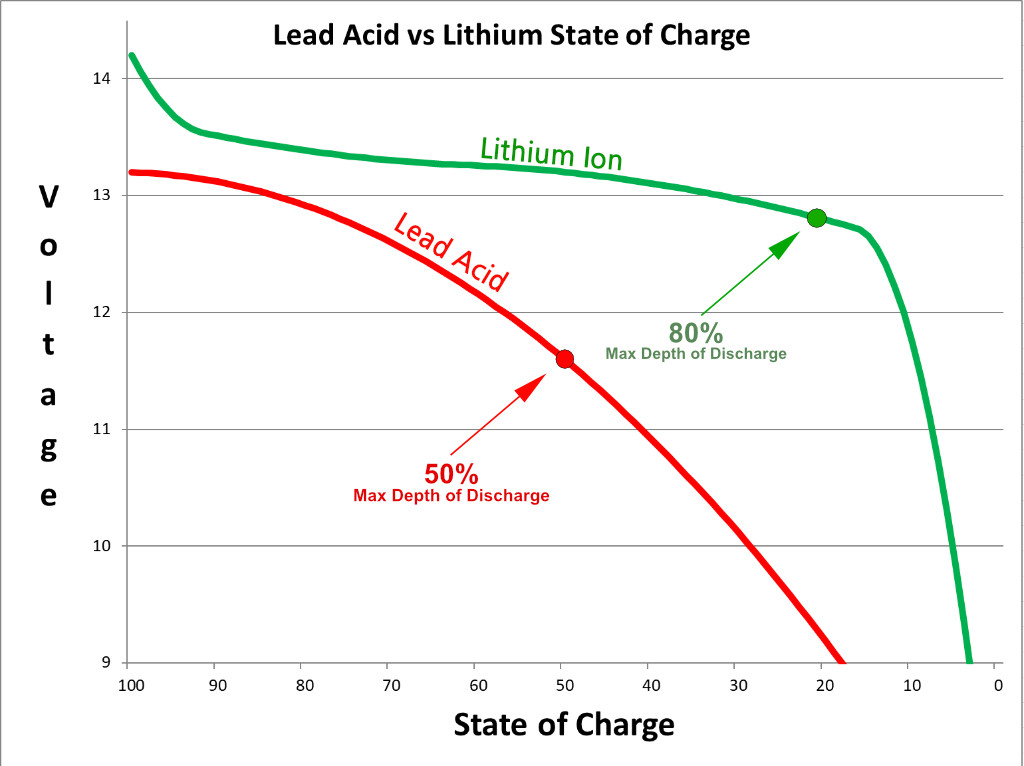
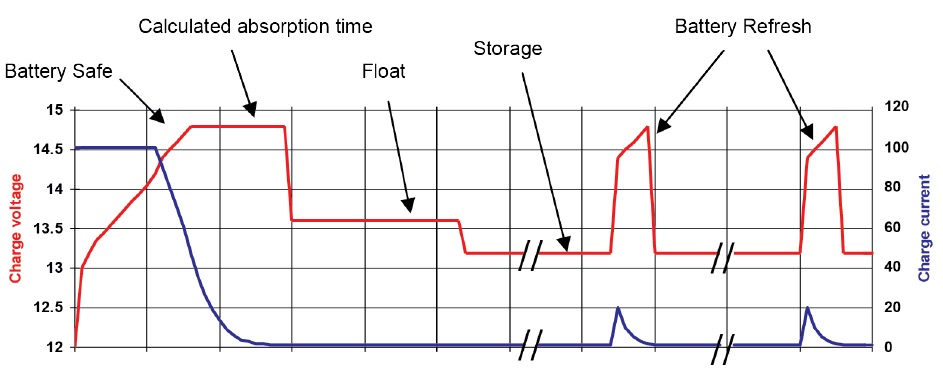
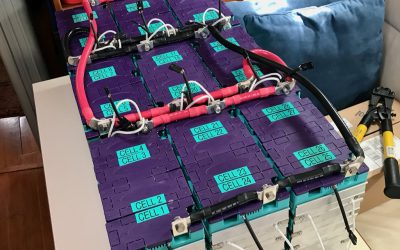
0 Comments